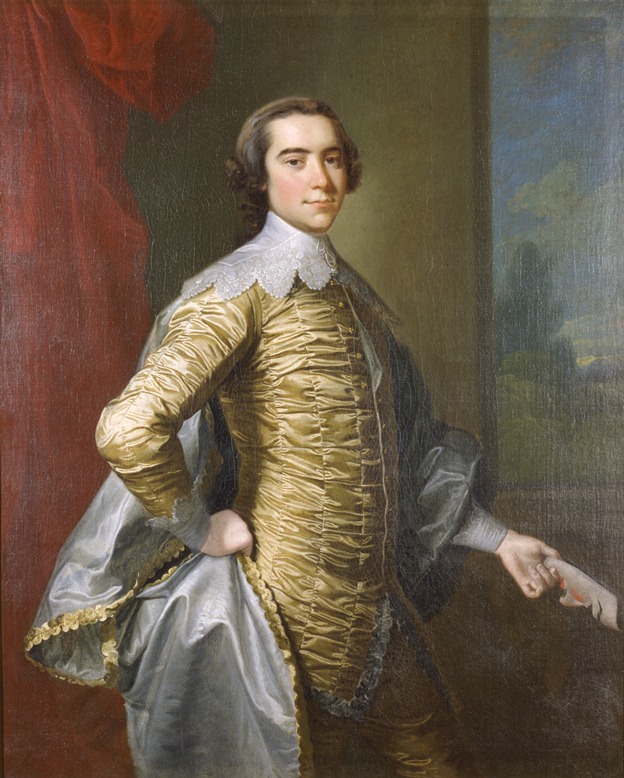[This post is part of a series on Joseph Smith’s Polygamy. To read from the beginning or link to previously published posts, go to A Faithful Joseph.]

(Daughters of Utah Pioneers)
For the moment we will deal with events that appear to have occurred prior to January 1843. In my prior post, The Angel, the Sword, and the Heron Seduction, I discussed Joseph covenanting with three women who were married to other men. These ladies were Zina Diantha Huntington [Jacobs], Presendia Huntington [Buell], and Mary Elizabeth Rollins [Lightner]. DNA analysis of descendants shows none of the children these women birthed[1] is actually related to Joseph Smith. Therefore it is reasonable to speculate that these “marriages” were ceremonial in nature. Joseph’s “marriage” to the Huntington sisters appears to have been partially based on the command from the angel with the sword and partially inspired by Dimick Huntington’s desire to link the Huntington family to Joseph Smith in eternity. Mary Elizabeth Rollins’ “marriage” to Joseph was based on the command from the angel with the sword and the urgency caused by Joseph’s early fears about the seductions taking place in Nauvoo.
In 1842, Joseph “marries” four additional women who are already married:
Sylvia Sessions [Lyon],
Patty Bartlett [Sessions],
Elizabeth Davis [Goldsmith Brackenbury Durfee], and
Sarah Maryetta Kingsley [Howe Cleveland].
As discussed in Wives of Sorrow, it appears these women acted as detectives during the hunt for the men seducing women in Nauvoo. These “marriages” then were a combination of Joseph teaching the correct doctrine and swearing these women to secrecy in pursuit of the men and women teaching or believing false doctrine about the nature of marriage and sexuality.
By summer 1842 Bennett had been exposed as ring-leader of the sexual predators. Bennett counter-attacked Joseph in the press, claiming Joseph was the one who had been propositioning women. As with all the most effective lies, there was a kernel of truth. Joseph had been talking with women about the New and Everlasting Covenant. However Joseph’s aim does not appear to have been the easy sex Bennett and his ring of Strikers had elicited from the hapless women of Nauvoo. This easy sex was the kind of sexual misconduct Bennett was accusing Joseph of seeking. Bennett supported his assertion by telling a story alleging Joseph had made improper advances to Sarah Pratt, wife of his apostle, Orson Pratt.
Bennett’s tale about Sarah Pratt would prove a double-edged sword for the apostles in Joseph’s church, as well as their wives. Continue reading The Apostles and Their Wives
- [1]Obviously DNA analyses are only possible for those children who lived long enough to have children themselves. However those wishing to imagine Joseph as a sexual partner to these women are left with no data to support their hypothesis.↩





